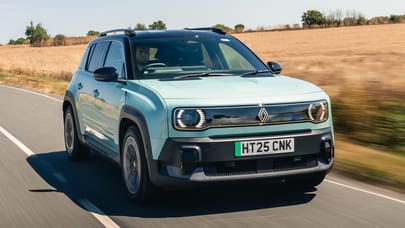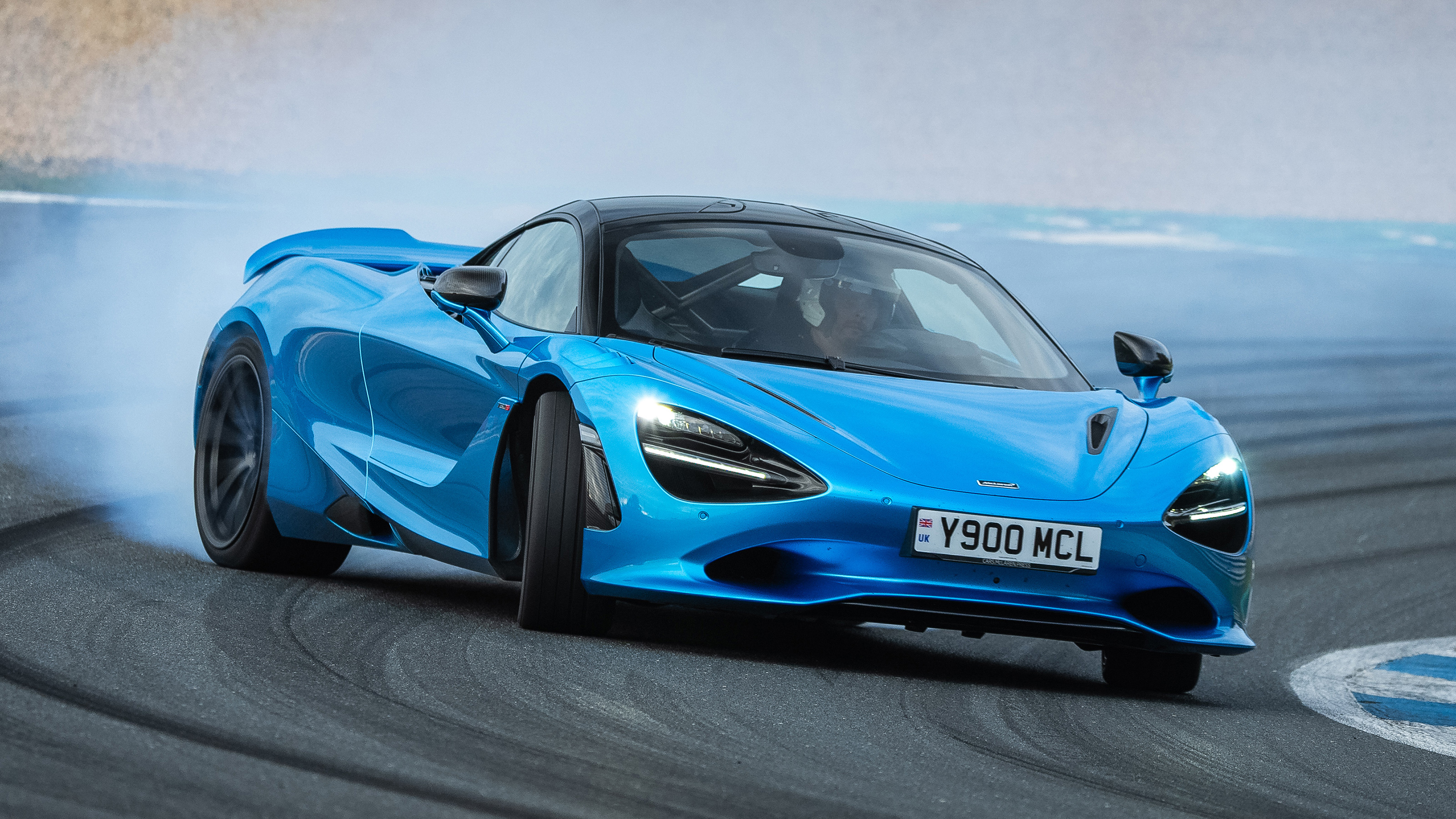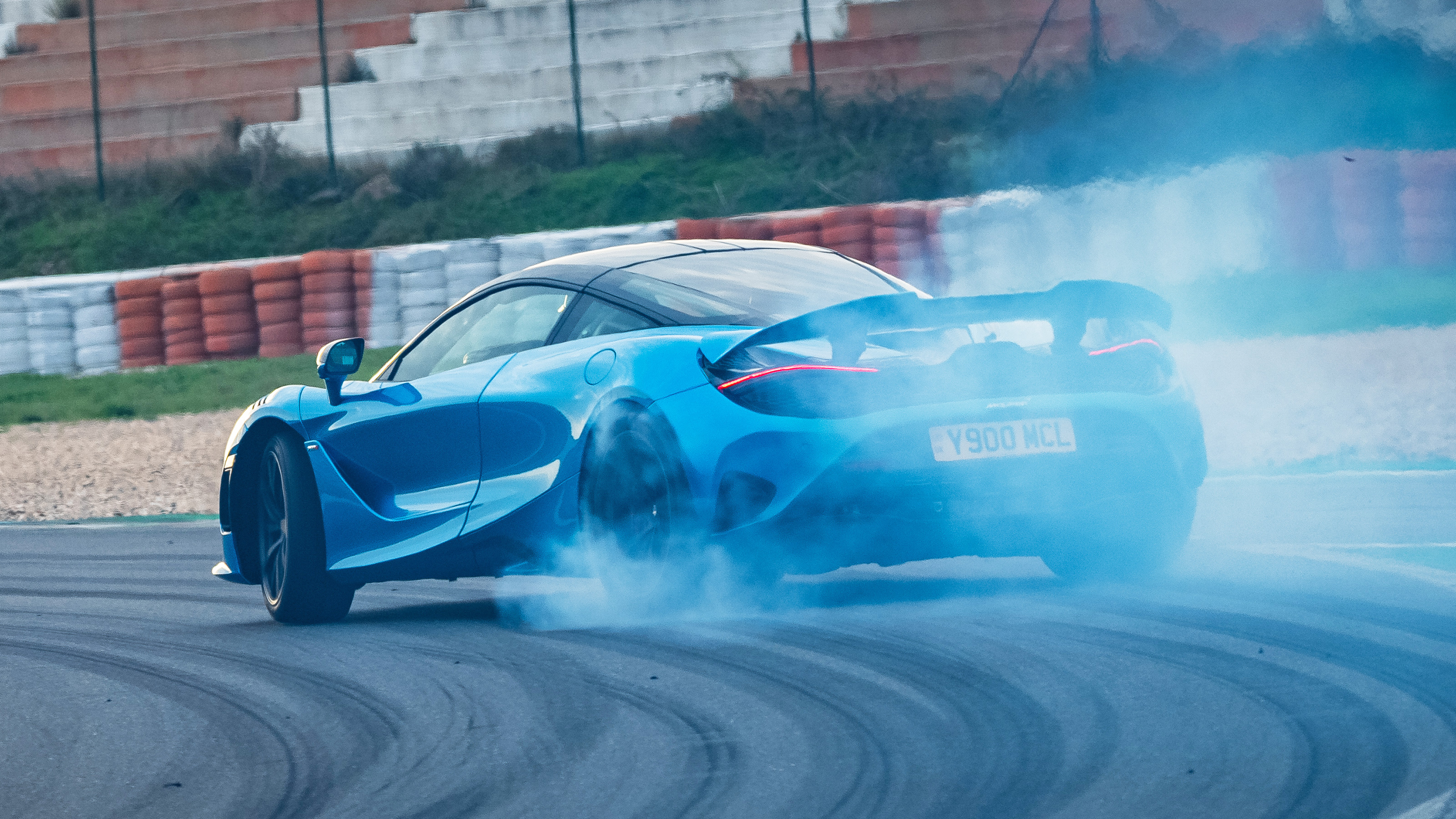
Driving
What is it like to drive?
Nothing unfamiliar about starting the 750S if you knew the 720: it still wants a firm squeeze on the brake pedal and a prod of the central starter button. The V8 blares into its usual impatient, bassy idle that sounds like a Lancaster bomber taxiing down a runway. With a crisp click from the paddles behind the (still button-free) steering wheel, you’re underway.
The 720S was always a weirdly comfortable car at low speeds and if anything the 750S feels even more pillowy, though that might be more to do with the fact we were surprised how tautly the new Artura hybrid has been suspended. If you want the archetypical McLaren ‘magic carpet’, you’ll find it here thanks to those hydraulically cross-linked dampers.
Springs are two per cent stiffer up front and three per cent softer at the back, changes which reinforce McLaren’s tightrope with this car: try to improve on the 720S but don’t muck it up. The changes are supposed to make the car more agile, playful and neutral at track speeds.
To enjoy that you’ll need a mode switch, and the 750S borrows the Artura’s rocker selectors framing the instrument hood. They look a bit awkward at first but having your eyes forward and hands on the wheel while dialling up the 750’s temper is a good thing.
What modes have I got to play with?
Same as before: there are Comfort, Sport and Track settings for the powertrain (engine and gearbox) and suspension. The steering weight is gloriously unaffected, and you can water down or disable the ESC independently.
Best of all, keeping your favourite combo handy is less fiddly than before. It’s all stored in the ‘McLaren Control Launcher’ button on the dashboard. That’s the one with a Kiwi bird on it, nodding to New Zealander Bruce McLaren’s homeland. So, poke the ‘speedy kiwi’ and you’re good to go. That's never been said in a car review before.
In Sport mode there’s a lot more bang, crackle and pop from the 2.2kg lighter stainless steel exhaust, and theatrical surges on each upshift. If this becomes tedious, and at times it’s a bit OTT, then select Track mode for ruthless, gimmick-free acceleration.
Does it still have a twin clutch gearbox?
Oh yes. McLaren’s twin-clutch gearbox remains seamlessly smooth (it’ll now accept redline downshifts if you’re a bit keen into a braking zone) and the engine is an absolute power tower. There’s torque everywhere, so if you arrive at a second-gear hairpin quicker than your brain can fathom, you can surf through in fourth and still have the wind knocked out of you on the exit.
Compared to Ferrari’s 296 you might miss the instant whack of electric boost: lag is still a (small) issue here, although it does also mean you get a few deliciously anticipatory moments before the whirlwind hits. Petrol alone does just fine here on its own. Climb in wearing a crumpled shirt and the acceleration will have it ironed flat by the time you arrive at the office.
Might be a tad damp, mind you.
How’s the handling?
Still freakishly approachable. A supercar sending 750PS through its rear axle alone, with twin-turbo torque to boot, should be more of a handful than juggling flaming hedgehogs (don’t, it’s cruel). But the feedback of the 750S’s hydraulic steering (a quicker rack now, but still far less hyperactive than a Ferrari) and its balance means that even when you reach the outer limits of its colossal grip reserves, you know what’s going to happen, and can react to it.
Plan for it. Even induce a bit of misbehaviour. Because a 750S wants you to have fun, not just pursue lap times, or to terrify you into submission. There’s a touch of Lotusness to it – a delicacy of response that shouldn’t be possible when the numbers are this huge. And yet, in a fast sweeping bend, you can attack the inside kerb, trust the downforce, and gurn as the G-forces head into fighter pilot territory. For your average mere mortal driver, it’s not night-and-day better than a 720S. But it didn’t need to be.
Featured

Trending this week
- Car Review
Volvo ES90





